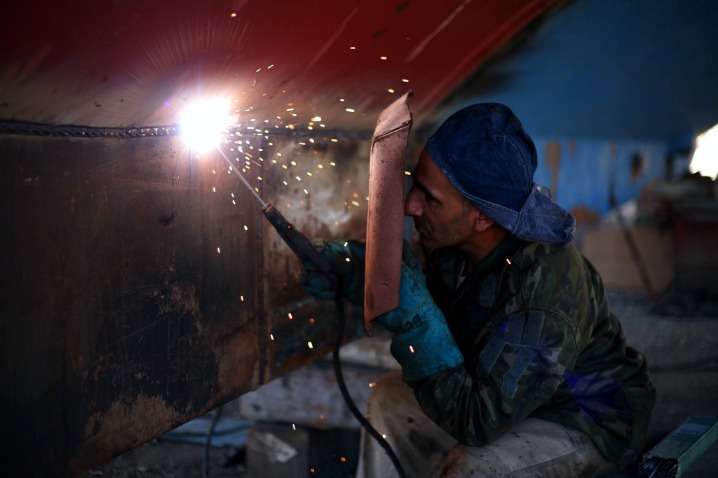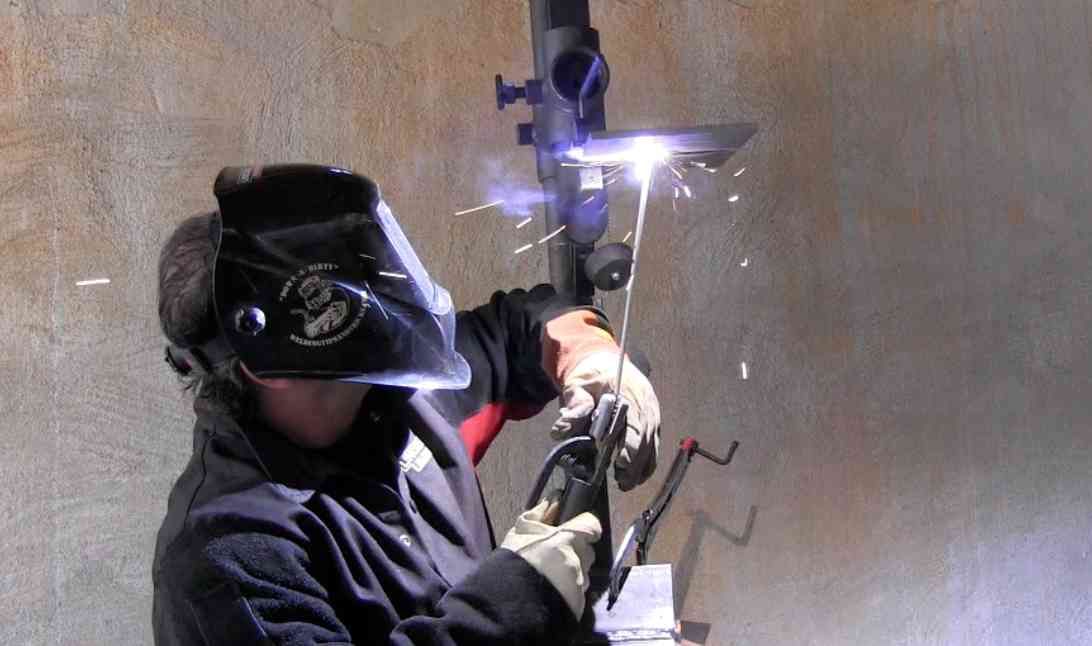In the world of industrial machinery maintenance, several advanced techniques and services are crucial to ensuring optimal performance. This article explores methods such as line boring, on-site machining, bore repair, bore welding, slew milling, xy milling, bush install, and face welding.
Key Techniques in Industrial Machinery Maintenance
Line Boring
Line boring is a precision machining process to restore the circular openings (bores) of heavy machinery to their optimal alignment and size. This process ensures that the bores are straight and aligned, which is critical for the smooth operation of machinery.
On-site Machining
On-site machining eliminates the need to dismantle and transport heavy machinery for repairs. This process saves time and money by performing machining tasks directly at the equipment’s location, ensuring minimal downtime.
Read more about face welding here.
Bore Repair
Bore repair involves refurbishing worn or damaged bores to their original specifications. This can involve the removal of worn material and the application of new material to achieve precise tolerances.
Bore Welding
Bore welding is the process of adding material to a worn or damaged bore to restore its original dimensions. This technique is often used in conjunction with line boring for a complete bore repair solution.
Advanced Machining Methods
Slew Milling
Slew milling is a specialized milling process used to machine large-diameter surfaces, often found in slew rings or other rotational equipment. This ensures that the large surfaces are flat and true.
XY Milling
XY milling involves precisely machining components on the X and Y axes to achieve exact dimensions required for specific parts. This is crucial for parts that require a high degree of accuracy.
Bush Install
Bush install refers to the installation of bushings in machinery components to reduce wear and provide a replaceable bearing surface. This is a common practice to enhance the lifespan of moving parts.
Face Welding
Face welding is used to repair or reinforce surfaces by applying a welded layer. This can be necessary for components that experience heavy wear and need a durable surface to maintain functionality.
FAQs
- What is the importance of line boring?
Line boring ensures proper alignment and size of bores, which is crucial for the efficient functioning of machinery.
- How does on-site machining save costs?
By eliminating the need to remove and transport equipment, on-site machining reduces downtime and logistics costs.
- When is bore welding used?
Bore welding is used to restore bores to their original dimensions by adding new material before machining to precise tolerances.
- What role does slew milling play in machinery maintenance?
Slew milling ensures large-diameter surfaces, like those on slew rings, are flat and functional, which is vital for rotational machinery efficiency.
Employing these advanced machining techniques ensures machinery operates efficiently and has an extended lifespan, ultimately contributing to improved productivity and reduced maintenance costs in industrial settings.



